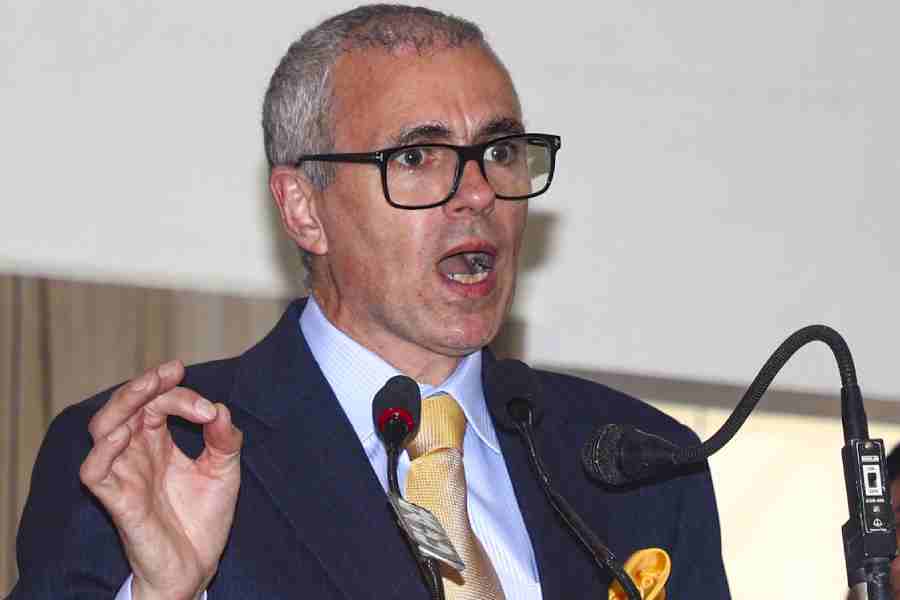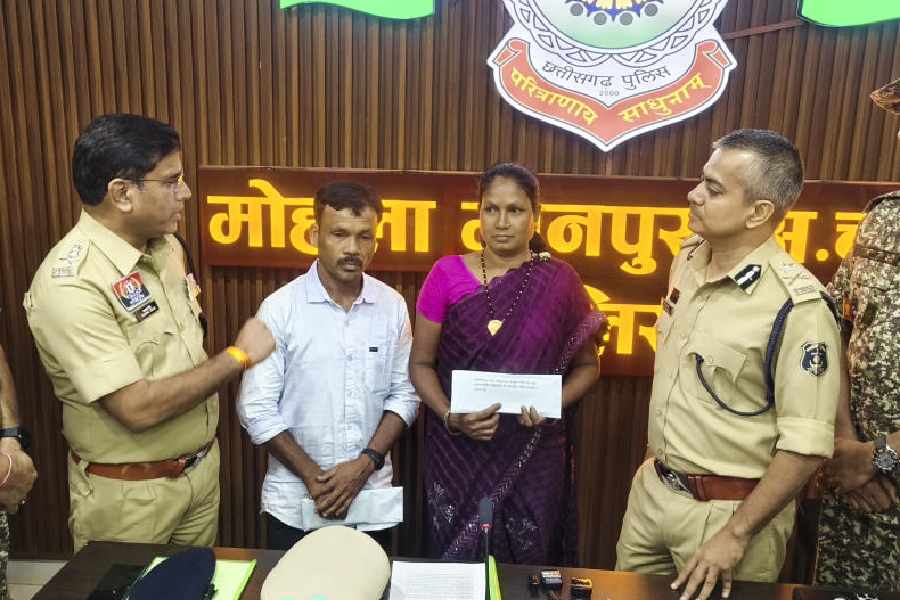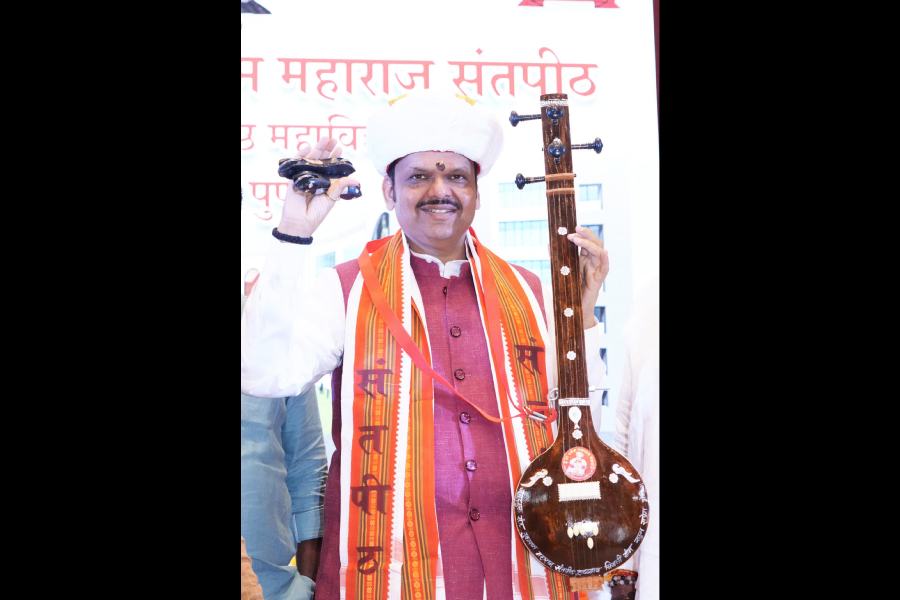 |
| A deserted riverside at Mukutmanipur on Sunday. Picture by Amit Ukil |
Mukutmanipur (Bankura), Aug. 27: The spectre of the Maoists has hit the tourism industry of Bankura hard.
The number of tourists visiting Mukutmanipur, Bishnupur and Jhilimili has almost halved over the past two years although the rebels are not active in these places, hotel owners and tour operators in the district have said.
They plan to urge the state government to publicise “tourists visiting these three places would not face any trouble”.
The hotel owners of Bankura discussed the problem at their annual general meeting at Mukutmanipur on Sunday.
At the meeting, the hotel owners said the number of tourists had decreased because Bankura was one of the three districts the state government had been “continually describing as Maoist-hit”. The other two are West Midnapore and Purulia.
“But it is not (wholly) true. Only the Jungle Mahal area in our district, which is restricted to a few blocks, is affected by the rebels,” said P.K. Dutta, who owns four hotels in Mukutmanipur and Bankura town. He is also the vice-president of the Bankura Hotel and Lodge Owners’ Association.
Hotel owners said there had not been any Maoist attacks in Jhilimili, a tourist spot inside the jungles near the Purulia border. “Unlike the Ayodhya Hills, the Maoists are not active in Mukutmanipur and Jhilimili,” Dutta said.
Mukutmanipur is situated at the confluence of the Kangshabati and Kumari rivers, 55km from Bankura town. Green forests surround vast bluish tracts of water. Bishnupur is famous for its 17th and 18th-century terracotta temples.
The three places, popular weekend getaways even two years ago, have witnessed a steady decline in tourist footfall. The three districts saw an increase in Maoist attacks after November 2008, when the chief minister’s convoy was attacked in Salboni.
“Before November 2008, around 2,000 people used to visit Mukutmanipur every day during the peak season (October to February). But last year, it declined by almost 50 per cent,” a district official said.
Sources in the district administration said around 4,000 to 5,000 people used to visit Bishnupur daily in the peak season. “But the number has halved here too,” a source said.
The situation is the same in Jhilimili, where nearly 2,000 tourists used to come every day. “People are reluctant to stay there at night now,” the official said.
Hotel owners in Bishnupur said occupancy rates had dropped sharply.
Kanchan Mondal, the owner of Hotel Lakshmi Park in Bishnupur, said: “When I started my hotel in 2007, I regularly 100 per cent occupancy. But now, 75 per cent of the rooms remain vacant. Only salesmen and trade representatives book rooms.”
Arun Das, a leaseholder of the panchayat samiti guesthouse at Jhilimili, said: “Before the Lalgarh movement started in 2008, all the 10 rooms of the guesthouse used to be booked well in advance during the tourist season. But now they remain empty most of the time. I am finding it difficult to pay the wages of my employees.”
Jubaraj Mitra, the secretary of the Machantala Taxi Owners’ Association in Bankura town, said the situation was very bleak for cabbies too. “Even during the peak season, vehicles lie idle because of lack of tourists. We now hire out cars mostly to salesmen and businessmen,” he said.
Pointing out that tourism in Darjeeling was also suffering because of the statehood agitation, tourism minister Manab Mukherjee said: “The government is trying to resolve the situation and restore tourist confidence.”
Bankura district magistrate S.A. Ansari said: “One positive aspect is that the Maoists have not harmed tourists in south Bengal so far.”










